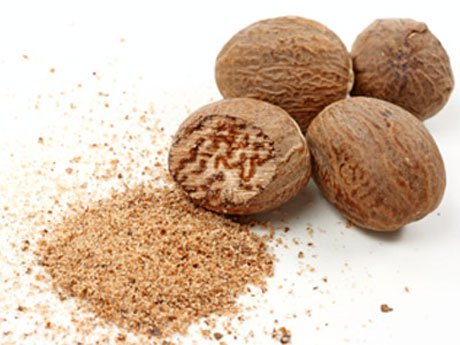When we think of hallucinogens, we think of psychotropic substances. It does not occur to anyone to think that everyone in the house has one of these substances, on the shelf of spices. This substance is found in nutmeg, fruit, or rather, the endosperm of the seed of the myristic tree or nutmeg (Myristica argentea). This substance is miristicin (1-allyl-3,4-methylenedioxy-5-methoxybenzene), a derivative of the amphetamine family, with a structure similar to MDMA (3,4-methylenedioxymethamphetamine), to MMDA (3-methoxy) -4,5-methylenedioxyamphetamine), is a toxic alkaloid present in said nut and that causes hallucinations.
 [Fuente:Archivo personal]https://img1.steemit.com/
[Fuente:Archivo personal]https://img1.steemit.com/The hallucinogenic properties of nutmeg have been known for some time. There are historical records that mention its use as a drug in treatments for problems of the digestive system and the kidneys, and other records in the sixteenth and seventeenth centuries comment on its narcotic effects. Myristicin is the main compound involved, and the most abundant, representing approximately 1.3% of the weight of the nut. It is believed that this compound is used by the tree as an insecticide and acaricide. 1 or 2 mg of nutmeg per kilogram of body weight can induce effects on the central nervous system. Depending on people, a spoonful is enough to have unwanted effects such as nausea, vomiting, flushing, high heart rate, euphoria, hallucinations, dry mouth, etc ... Some of these unpleasant effects can last several days, such as problems with the vision, balance and concentration that last more than a week.
 [Fuente:Archivo personal]https://img1.steemit.com/
[Fuente:Archivo personal]https://img1.steemit.com/Myristicin is found in a smaller proportion in other species, such as Anethum graveolens (dill) and Petroselinum crispum (parsley).
